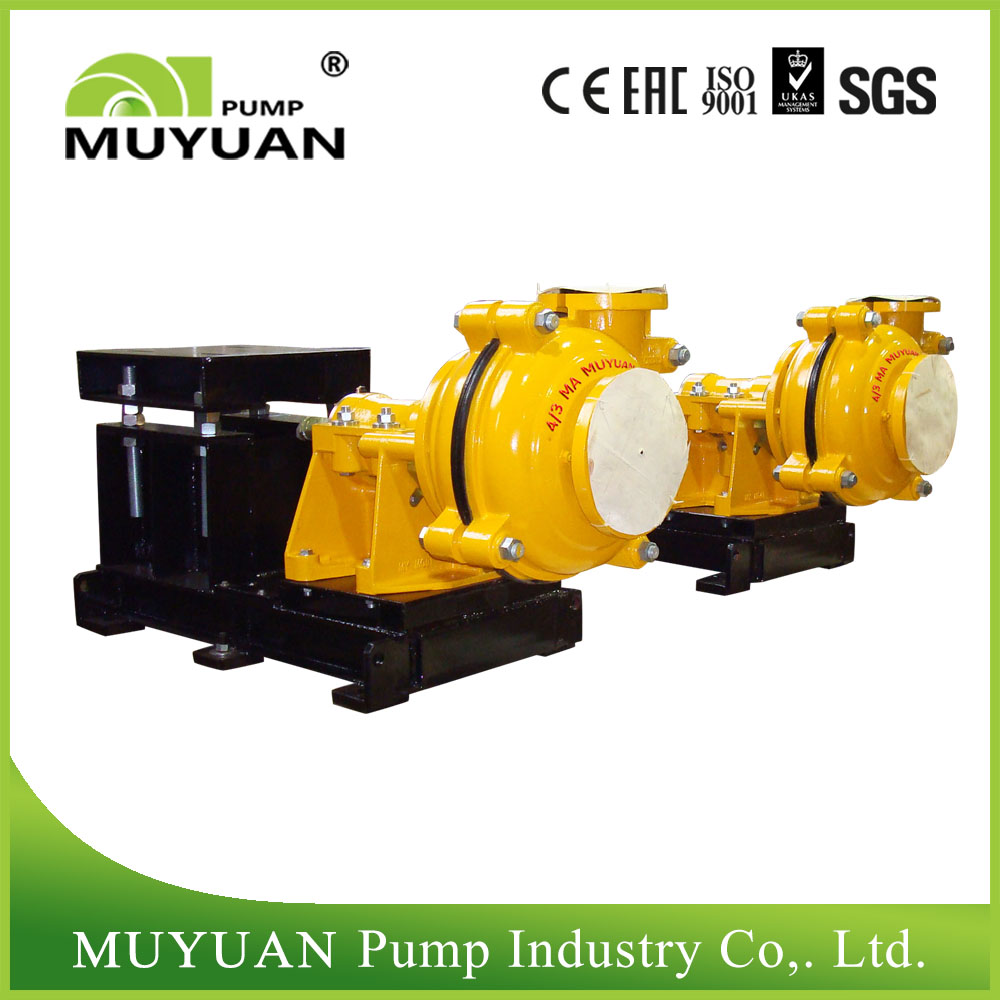The international oil market has remained sluggish for a while, which has led the industry to adopt a cautious stance toward the development of the fuel ethanol sector. This industry had previously benefited from high crude oil prices, but with falling oil prices and recent policy changes, there is growing uncertainty about its future. The domestic fuel ethanol sector now faces pressure, and many industry players are not optimistic about its long-term prospects.
At the 2006 International Biofuels Conference, Liu Qun from the National Development and Reform Commission warned that the domestic fuel ethanol industry was showing signs of over-investment. In response, the government announced new policies to control support based on four key indicators: resource availability, technology, environmental protection, and energy efficiency. As part of this shift, the ethanol subsidy was reduced from 1,883 yuan per ton in 2005 to 1,628 yuan in 2006, and further cut to 1,373 yuan in 2007. By 2008, subsidies were adjusted again, signaling a clear move toward more sustainable growth.
Yu Kai, an analyst at Wuhan New Land Securities, pointed out that the reduction in subsidies is aimed at pushing companies to lower production costs and invest in non-grain-based ethanol. "Breaking through traditional methods that rely on food crops will help reduce costs," he said. While some companies may have technological advantages, success ultimately depends on their ability to adapt to market changes.
Despite the current challenges, the long-term outlook for the fuel ethanol industry remains positive. China’s increasing reliance on imported oil and rising energy demand make alternative fuels like ethanol increasingly important. Although the cost of producing ethanol from corn is still higher than gasoline, experts believe that the industry will continue to grow, especially as non-food feedstocks become more viable.
Recent developments show that companies are already exploring new sources. For example, Henan Tianguan has started a fiber ethanol project, marking a significant step toward using agricultural waste. Similarly, Guangdong and Guangxi are investing in cassava-based ethanol, while Jilin's China Resources Bio-chemical is looking into expanding its operations.
While the new subsidy system adds some pressure, it also encourages innovation and efficiency. Companies that can reduce costs and scale up production will likely thrive. Mergers and acquisitions are also on the rise, with major players like Sinochem and COFCO entering the scene.
Looking ahead, the government plans to expand ethanol use significantly by 2010, aiming for over 50% of gasoline consumption to be ethanol-blended. With continued investment and technological progress, the fuel ethanol industry is expected to play a crucial role in China’s energy strategy.
Hydrocyclone Feed Slurry Pump

Hydrocyclone Feed Slurry Pumps are the most comprehensive range of centrifugal slurry pumps for use in mining, chemical and general industry applications. It is including Centrifugal Hydrocyclone Feed Slurry Pump, Heavy Duty Hydrocyclone Feed Slurry Pump and Horizontal Hydrocyclone Feed Slurry Pump. They are designed for heavy duty applications such as mill discharge, power sector and tailings as well as specialty applications, which are used for continuous pumping of high abrasive, high density slurry.
Product Features:
-Wear resistant metal or rubber wet end parts, long service life
-Wide options for Impeller
-Various types of pump seals to suit different working condition
-Grease or oil lubrication
-Discharge branch can be positioned at intervals of 45 degree
-Can be installed in multistage series
-Easy to maintain
Application Range:
Size: 25 mm to 450 mm
Capacity: up to 5000 m3/hr
Maximum Heads: up to 75 m
Hydrocyclone Feed Slurry Pump,Wear Resistant Slurry Pumps,Centrifugal Hydrocyclone Feed Pump,Wear Resistant Hydrocyclone Feed Pump
SHIJIAZHUANG MUYUAN INDUSTRY & TRADE CO., LTD. , https://www.cnmuyuan.com
